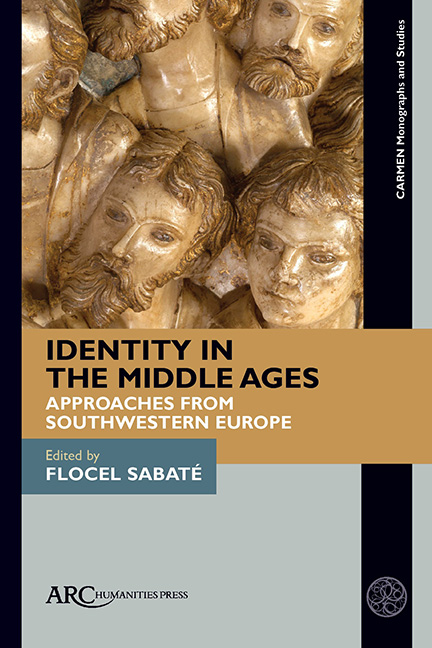Book contents
Chapter 8 - Identity and Minority Status in Two Legal Traditions
Published online by Cambridge University Press: 20 January 2022
Summary
IN THE MIDDLE Ages, from Baghdad to Barcelona, we find many minority religious communities: all over the Muslim world, Jews and Christians lived as dhimmis, protected and subordinated minorities. In Byzantium and all over Latin Europe, Jewish communities lived in a society which alternated between tolerance and persecution of them. Some Muslims lived in Christian kingdoms (in Sicily, in the Latin Orient, and in certain Christian Hispanic kingdoms). The Muslim and Christian sovereigns of the Middle Ages claimed that their power derived from God. Caliphs, emperors, popes, and kings used religious arguments to reinforce and justify their power.
These religious ideologies expressed the inferiority of all those people who did not proclaim the majority faiths. This religious inferiority consisted of a legal and social subordination but, at the same time, we can find instructions for tolerance towards members of different religions within society in the Christian and Muslim traditions. How can we define the position of the minority in these societies?
I would like to look at two examples in order to explain how these jurists from the minority communities perceived their subordination. First, the point of view of a Muslim Mufti on whether it is legal for Muslims to reside in Norman Sicily. The second example concerns the view of Pope Gregory IX and his confessor, the canonist Raymond of Penyafort, on legal problems of Christians residing in Tūnis during the thirteenth century.
First, let us focus on the Sicilian question. Sicily was conquered by the Normans (1061–1091) partly through alliances with the Muslim Qaids who lived on the island. There were many Muslims in Sicily during the twelfth century: farmers, soldiers, but also many important figures in the court of the king (administrators, officials). The Andalusian traveller Ibn Jubayr (there in 1185) has left us a striking description.
The document we are interested in is a fatwa, a juridical consultation in which a question is submitted to a mufti, who gives his opinion based on religious and legal sources (and including the opinions of other scholars before him). In the Maghreb, the Malikite legal school prevailed. AlWansharisi (fl. sixteenth century) assembled a large collection of fatwas especially from the Andalusian and Maghrebi muftis.
- Type
- Chapter
- Information
- Identity in the Middle AgesApproaches from Southwestern Europe, pp. 203 - 212Publisher: Amsterdam University PressPrint publication year: 2021

